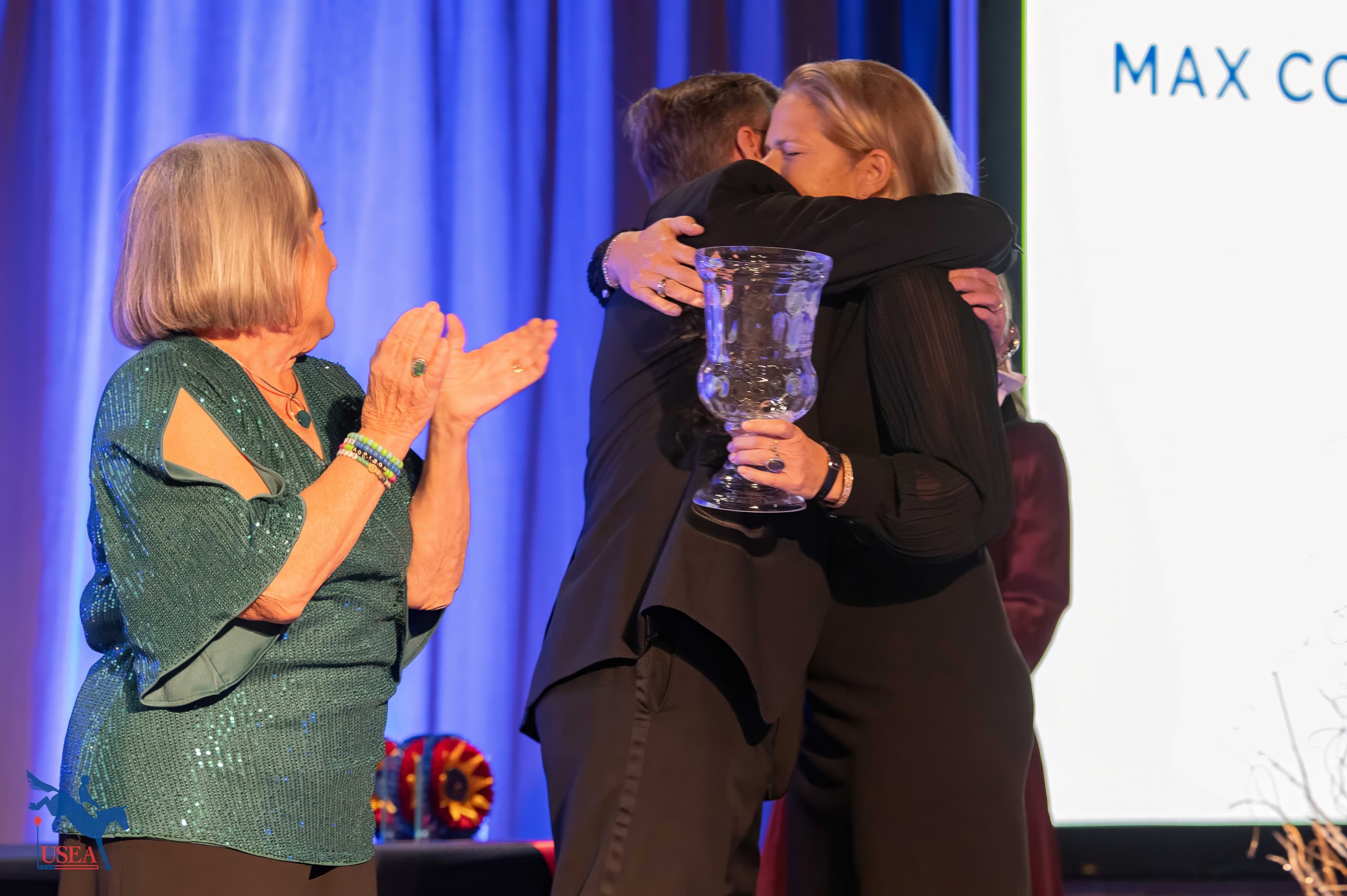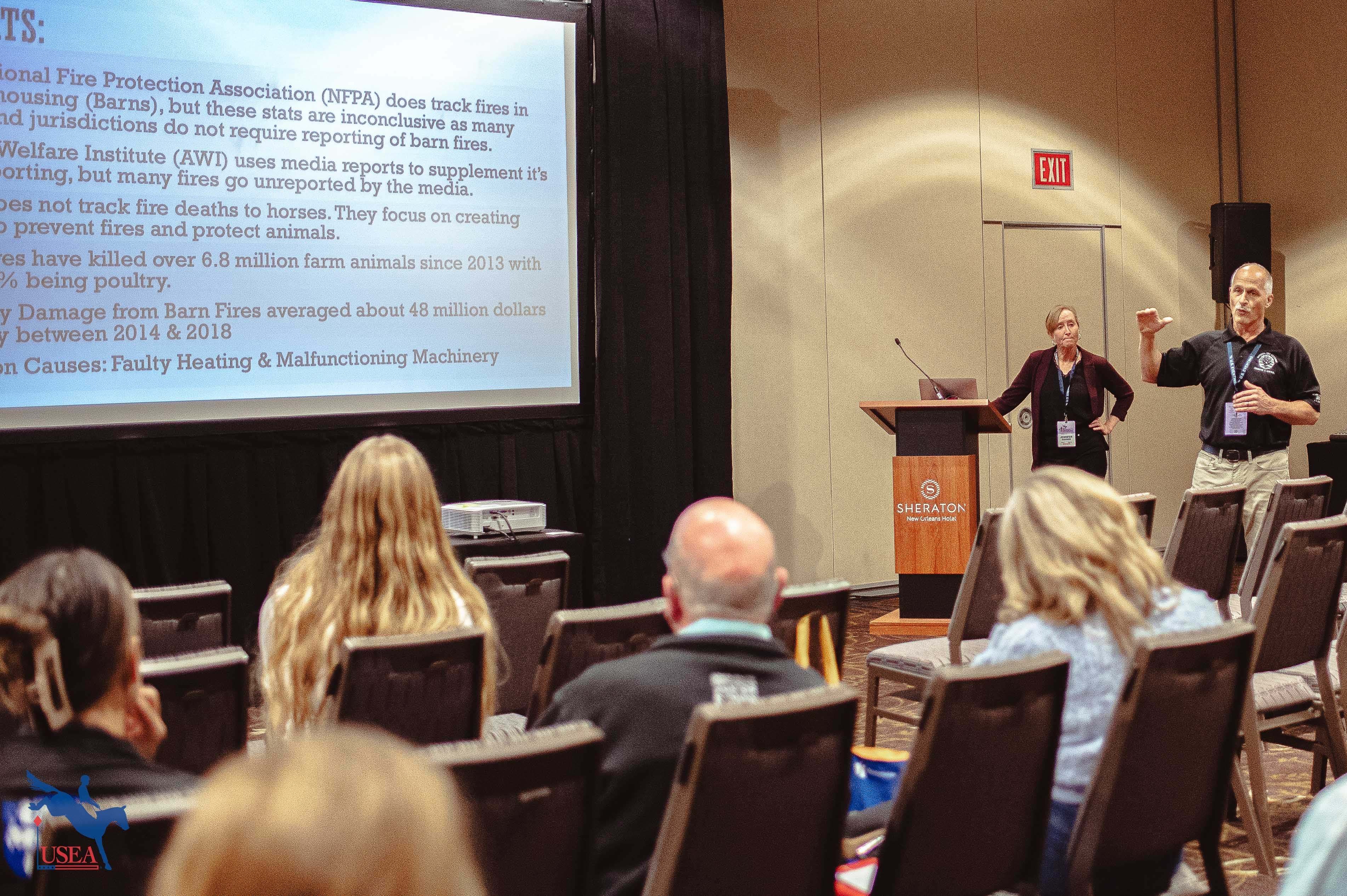Volunteers Weigh In on New COVID-19 Protocols
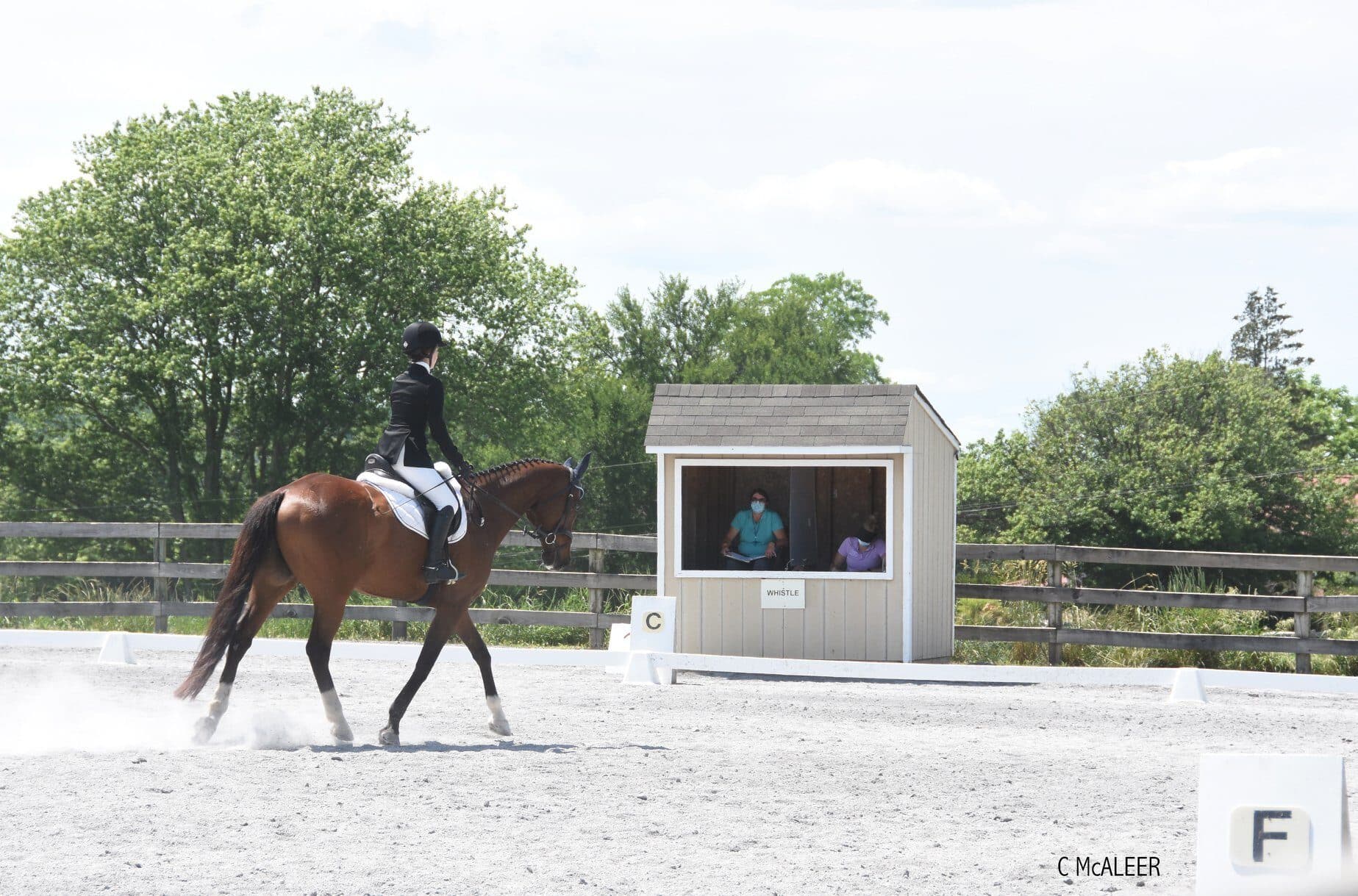
Since the USEA lifted the COVID-19 suspension on June 1, 2020, there have been 11 recognized events that have taken place across the country. Events such as Plantation Field, Waredaca, and Full Gallop Farm have been the pioneers for adapting to the new normal of eventing. Setting the standard high, these events have diligently followed the USEF COVID-19 Action Plan and have shown everyone how an event can run safely and smoothly. The success of these events is due largely in part to having strong volunteers.
Many dedicated volunteers have come back to work including John Bandrofchak, a cross-country timer at Full Gallop, Skip Simmons, a show jumping steward at Waredaca, and Susan Hart, a dressage scribe at Waredaca. Last week, the USEA featured Plantation Field and this week, volunteers from Waredaca in Laytonsville, Maryland and Full Gallop in Aiken, South Carolina share their experience.
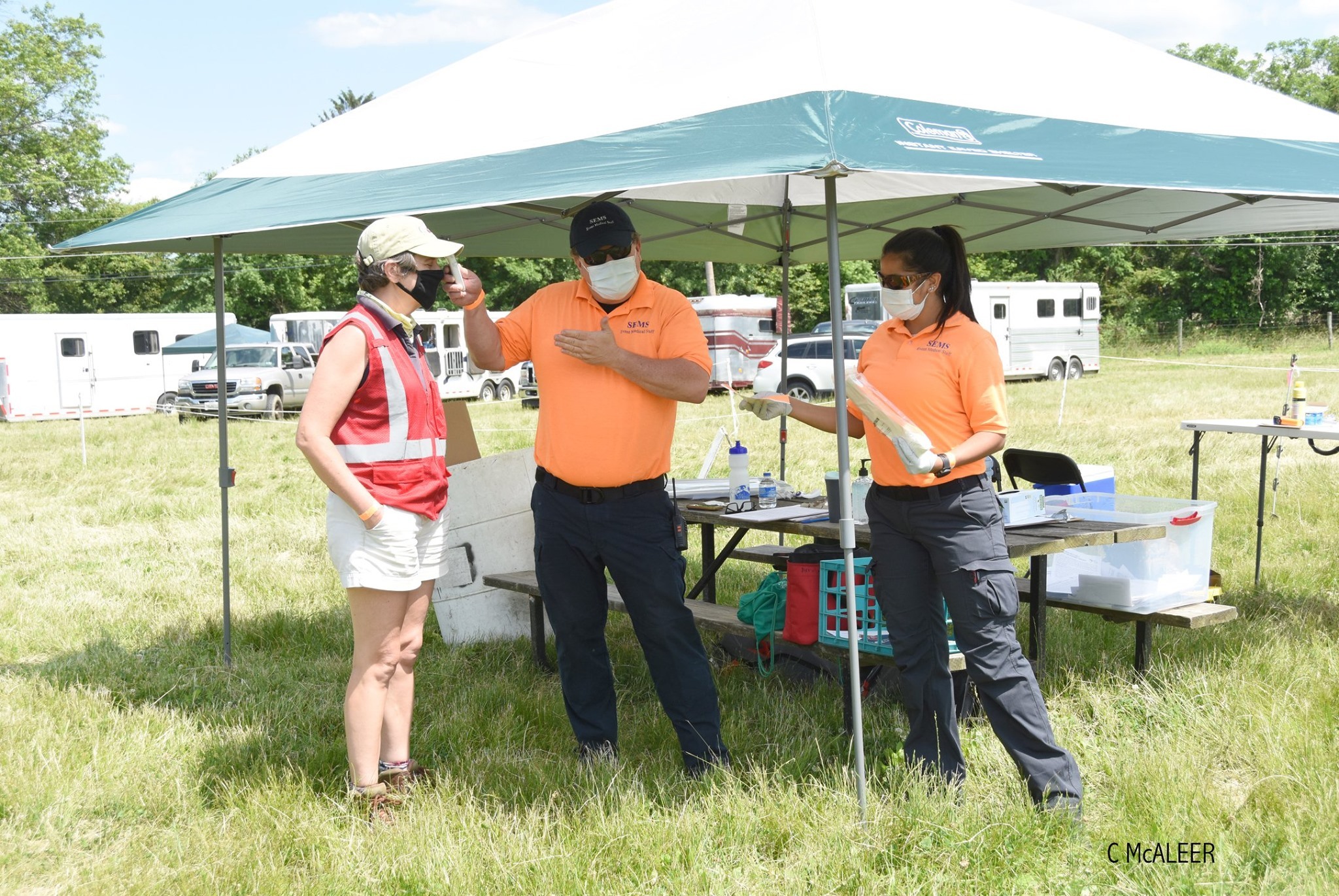
Bandrofchak, who is currently ranked eighth on the 2020 USEA Volunteer Leaderboard with 79 hours, came back to work on Sunday, June 14 at Full Gallop Farm. “I had a great time and was very happy to be out of the house and back at an eventing show. I [had my] temperature checked upon arrival, I signed a waiver, and [I was] told to wear a mask on grounds,” said Bandrofchak.
As the cross-country finish timer, Bandrofchak shared, “At the cross-country briefing we were outside and spread out nicely and when I was in place, I was alone in my vehicle and only had contact 10 yards [away] with three people that walked by my truck.”
Simmons, who has volunteered at Waredaca for over 10 years, explained, “I was the at the in-gate of show jumping and ran warm-up with my fellow longtime volunteer Alan Dynerman. We consider ourselves as part of the ‘A’ team at Waredaca and have run the show jumping at Waredaca for the past 10 years. With that being said, this was a totally different experience. We followed the strictest protocol in show jumping [where] all trainers and helpers had to wear gloves to handle the jumps (I think we handed out about 80 pairs). All the volunteers wore face masks, as did all the people on the grounds. Despite all of the restrictions, the show jumping ran on time and without incident.”
Simmons shared, “Waredaca stepped up the plate in terms of setting the standard for the ‘new normal.’ Before the competition, an email was sent out to competitors and volunteers outlining the day. All competitors and volunteers had to check-in where [their] temperatures were taken and paperwork [was] handed out.”
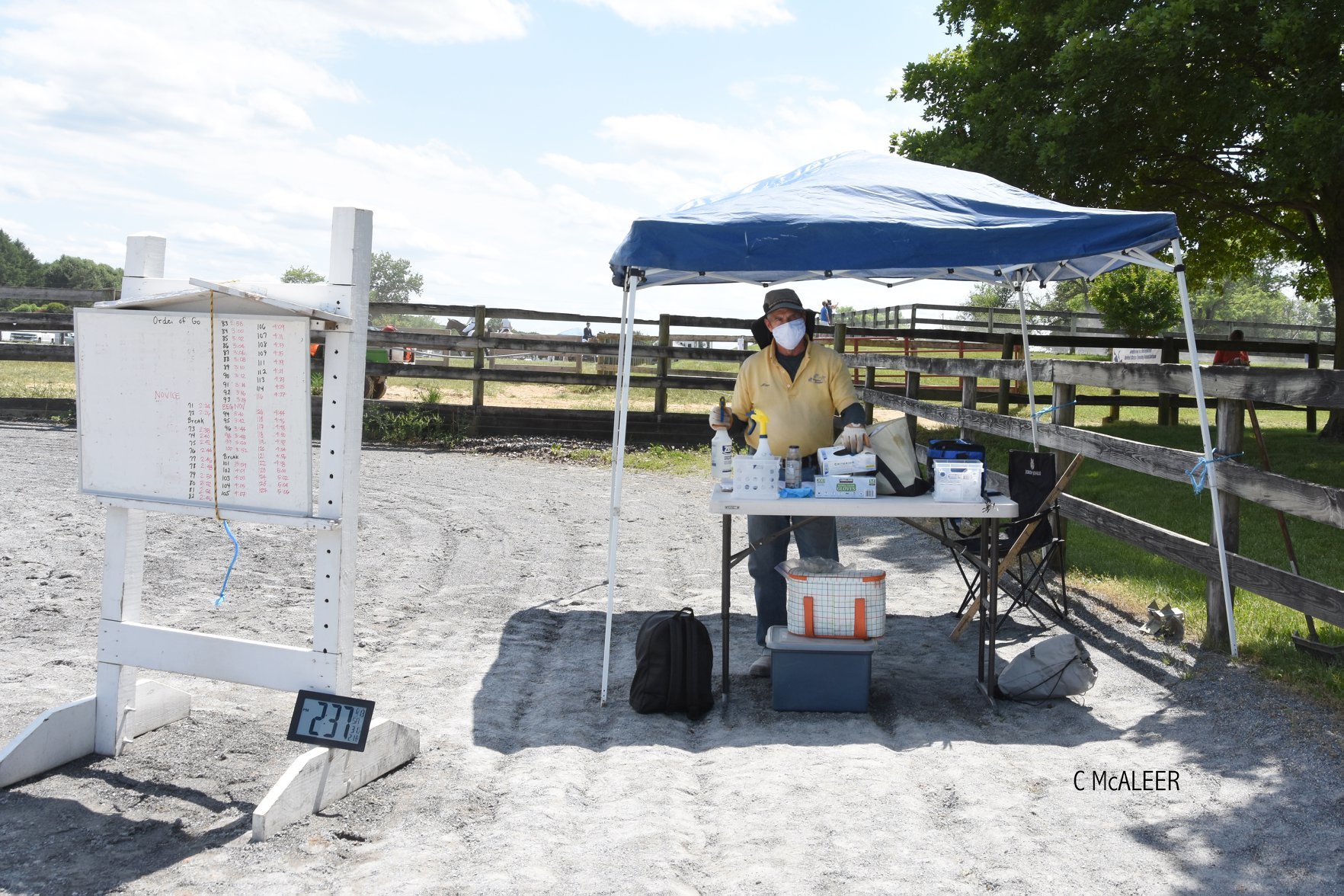
Hart, a Pennsylvania native, was the dressage scribe for Ring 1 at Waredaca on Saturday, June 13. “This was my first time volunteering for Waredaca but the volunteer coordinators, judges, competitors, and fellow volunteers were as kind, appreciative, and welcoming as I’ve come to expect from the eventing community,” said Hart.
Hart has adapted to the ‘new normal’ with an optimistic attitude as she explained, “Some of the changes actually made the scribing process a lot smoother and less stressful – even wearing a mask, believe it or not! Not only did I have an opportunity to get a little creative (see picture below) but my mask afforded protection against the afternoon dust clouds from the arena as the breeze picked up and the footing dried out.”
“I was a dressage scribe at Plantation Field the weekend before and somewhat knew what to expect in terms of what scribing procedures needed to be changed to avoid risks (such as physical separation of and separate tests for scribe and judge, no handing the papers back and forth or to the test runner, etc.) and I was impressed with how well these were implemented at Waredaca and how readily everyone adapted to the changes. I was also impressed with how consistently everyone on the grounds complied with the social distancing and mask rules.”
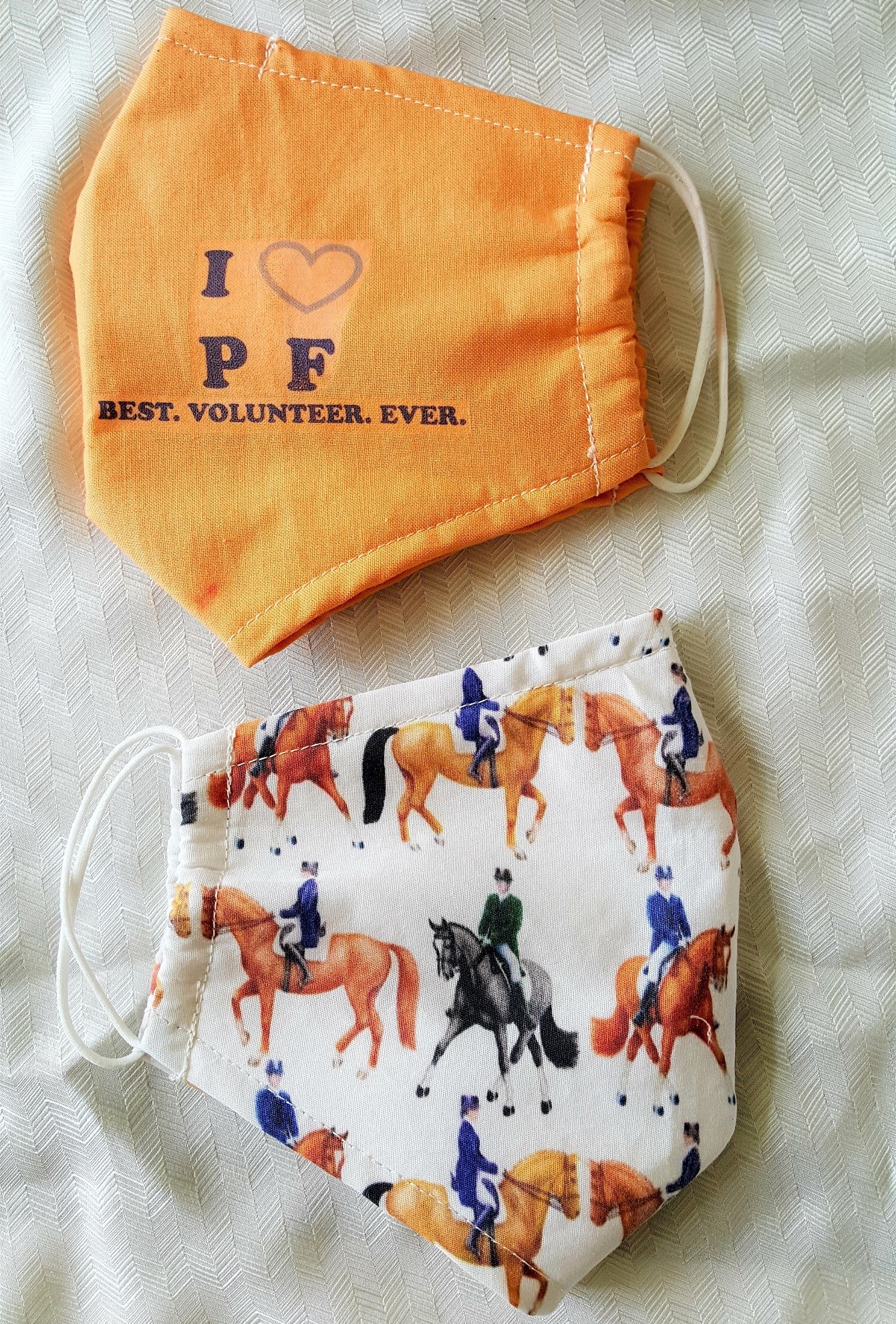
Hart shared how her volunteer role as a dressage scribe was altered to fit within the new policies and procedures. “Waredaca had the advantage of having nice big judging booths that were easily divided with a plexiglass sheet to separate scribe and judge, so that even though we were wearing masks we had no trouble hearing one another. The barricade also made it easier for me to organize my table and keep track of my papers because it was clear whose side of the table was whose. I really liked the ‘no contact’ test pick up, where we both put our tests in a plastic bin when finished. Then, the test runner swapped out the full bin with a sanitized new one when he collected tests which was a thousand times less disruptive than trying to keep writing comments while fishing out all the completed tests to hand over to the runner.”
“I also liked not having to hand the test to the judge quickly after the last halt and salute, as it gave me ample time to check over my own work, make sure the scores were legible and I had one for every box, fix scribbles to improve the readability of the comments, and make sure the competitor number/sticker was on the test,” said Hart.
“The one point I’d like to add from my experiences both at Waredaca and Plantation Field is to remind the organizers and volunteer coordinators that with the absence of a central ‘congregating’ area and the formal in person briefings, one of the main channels of communication has been lost, and some careful consideration must be put into replacing that avenue for information exchange. Spectators, grooms, and competitors can and do ask anyone who looks somewhat official for information on anything, regardless of that person’s ‘official’ job.”
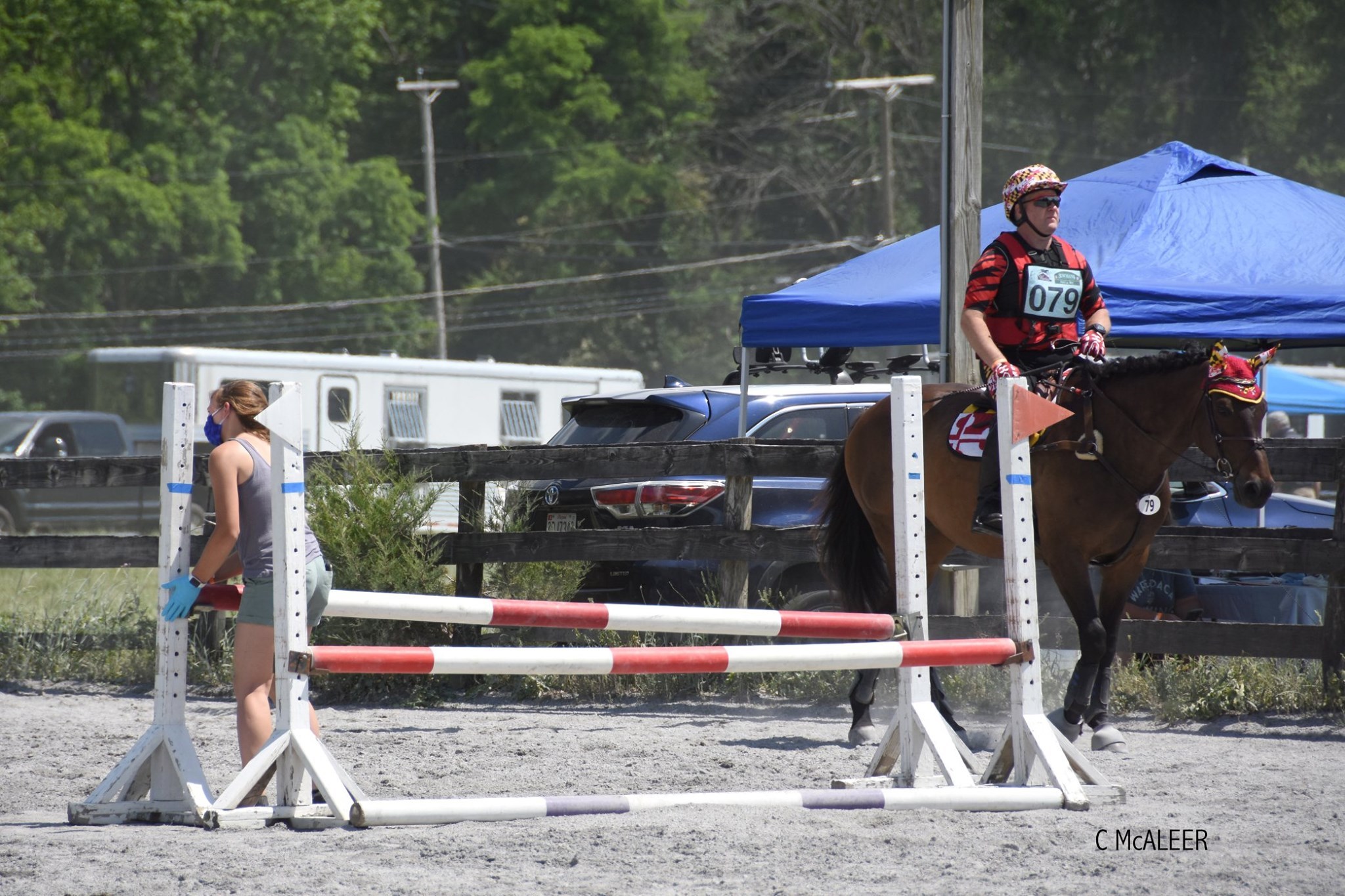
Hart advised, “Every volunteer should have a radio and should be given written instructions in his/her packet on how to use it to contact whoever might be needed in lieu of a briefing (knowing the dressage ring is on Channel 1 is important, but a scribe also needs to know which channel to use to get the TD to look at questionable spurs, the veterinarian for a horse that appears lame in warm-up, how to get Novice Test A when Training Test B got put into my packet instead, etc.).”
“Horse people are great, and eventing people are the best,” smiled Hart as she wrapped up sharing her experience.
About the USEA Volunteer Incentive Program
Volunteers are the lifeblood of our sport, the unsung heroes, and the people who make it possible to keep the sport alive. In efforts to recognize the dedication, commitment, and hard work that volunteers put into eventing, USEA formed the Volunteer Incentive Program (VIP) in 2015. In 2017, an online management portal was designed for volunteers, organizers, and volunteer coordinators at EventingVolunteers.com (available as an app for iOS and Android).
Volunteer incentives include national and area recognition, year-end awards with ribbons, cash prizes, and trophies, a top ten USEA Volunteer leaderboard, and a Volunteer of the Year award which is given to the volunteer who tops the leaderboard by accumulating the most volunteer hours over the USEA competition year. Click here to learn more about the USEA Volunteer Incentive Program.
The USEA would like to thank Sunsprite Warmbloods for sponsoring the Volunteer Incentive Program.


